In yesterday’s post about Compiling a personalized paper planner, I focused on how you can pull forms from various sources, as well as create your own, to create a truly unique, just-for-you planner. As important as the content of your planner is, its appearance and the binding system play a role in your desire to use it. Color, texture, pattern, size, and ease-of-use all play a role. For some folks, having a raspberry pink versus an electric blue planner cover is a deal breaker, while others prefer a fabric or leather cover. Solid or print; letter-size or half-size; Filofax desk size to pocket size; plastic or wire spiral-bound, ring-bound, or disc-bound are just some of the factors you’ll find yourself considering. For me, the binding decision overrides all other factors because I want the ability to easily add, remove and rearrange pages.
Once upon a time, when I ran a desktop publishing company out of my home, I collected some specialty office equipment including a plastic comb-binding machine, a laminator, and an electric 3-hole punch, all of which are useful in binding printed matter.
Owning the above equipment enabled me to assemble how-to manuals, recipe books, presentations and other types of documents quickly and easily, with laminated covers. I still use these machines for personal projects. Would plastic comb-binding work for a personal planner? Possibly, if durability is not an issue. Such a planner would be lightweight, portable and inexpensive to produce. You could also bind the planner in just about any size you like, as the comb-binding machine features punching levers that can be adjusted. Another plus is that a plastic comb-bound planner lies flat when you open it, making it easy to write on either page. But folding the cover back on itself could be an issue, as you can see from the family recipe book I bound years ago. Pages are a little fussy to add and remove—easier to do if you have a binding machine, tricky if you don’t. I would likely not use this binding method for a planner.
What about wire-bound planners? My husband uses one of the “At a Glance” ones you typically find at an office supply store, but if you own a Zutter Bind-it-All or a We R Memory Keepers Cinch, you can probably create your own planner of this variety, especially a personalized one, using forms you can download or develop yourself. You can remove pages easily by tearing them out (at which point they become unusable), but rearranging pages is almost impossible unless you replace the wire. Can you add pages without removing existing ones? At first glance, you might think the answer is no. However, I discovered that if you cut slits in the holes with scissors, you then have pages that are easy to remove and easy to add. The address book I created below shows a wire-bound system. You’ll notice the book lies flat whether it’s open, closed, or the cover is folded back upon itself.
A ring-bound planner system is definitely an option. Although most people don’t think of a standard three-ring notebook as a planner, there’s no reason you can’t use it that way. It’s economical, and it’s easy to remove pages, add them, and rearrange them. You also don’t need an expensive hole punch. In a pinch, a single-hole punch will do. On the negative side, a three-ring notebook doesn’t hold up in the long term. There’s a reason it’s not very expensive. One thing that you can’t easily do, especially with a larger three-ring notebook, is fold the cover back on itself without finding yourself writing at an awkward angle. Honestly, I want something a little more durable and attractive than a standard three-ring notebook.
The more expensive and definitely more attractive version of the three-ring notebook is the Filofax planner and its many cousins: Franklin Covey, Mont Blanc, Sasco and others. If you want to see what some of these look like, visit Top 25 Best High-End Luxury Personal Organizers & Planners. I think it’s interesting that this selection appears on a Web site called The International Man, but that’s neither here nor there. Obviously, these planners can appeal to both women and men. Because I’m more familiar with Filofax, as a result of researching planners, let me just point out that this planner is available in five different sizes, ranging from desk size to pocket size. If you plan to use your planner exclusively in your office or in your home, you might be more apt to choose the desk size, but if you’re looking for portability, likely the compact or pocket size will appeal to you. Most Filofax-like planners utilize a four-to-six ring system, requiring you to locate a specialty hole punch. On average, these punches run about $15 and are worth the investment for the convenience they afford. However, you could get by on a single hole punch, just as you can with a three-ring notebook. Besides the fact that you can easily add, remove or rearrange pages in this type of a planner, it is available in a broad range of colors, prints and textures. There are just as many papers and accessories, all displayed at the Filofax Web site. If you prefer a ring-bound planner and can’t find what you’d like here, I’d be surprised. I don’t think there is a down side to the Filofax system, to be honest, other than that it is expensive. Planners start at the price of $40, and go up from there.
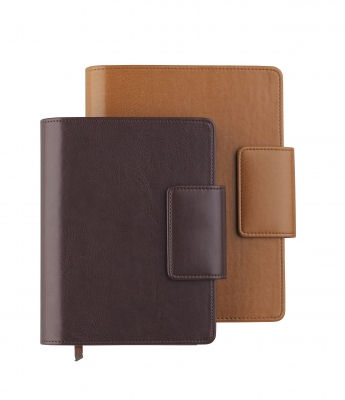
Another type of planner utilizes the disc binding system, which apparently has been around since at least the 1940s, but I just heard about it. Figures. Pages in this system have a mushroom-shaped hole in them, with the “stem” of the mushroom represented by a slit in the paper. This allows you to easily remove or add pages. The book lies completely flat, whether it’s open, closed or the cover is folded back upon itself. This is because the pages rotate 360 degrees around the discs. Everything is removable in this system: covers, discs, and pages. It’s unclear who introduced the disc binding system, but as far as I can tell, all of the different brands seem to be compatible with each other. There’s Rollabind, Levenger Circa, Staples Arc, and Apollo, just to name a few.
If you have this type of a planner, you’ll need a specialty punch, such as the Staples Arc System Desktop Punch or Rollabind’s Punch Desktop PBS 1500—identical to each other except for color—or Office Depot’s Foray Revolution hole punch, apparently available online only (my local store had never heard of it). The first two punches handle up to eight sheets at a time for around $39 to $44 (depending on where and when you find it), while the Office Depot version handles up to five sheets for the price of $40. You can use a single-hole punch and manually cut slits in the holes, but I wouldn’t recommend it. The Staples punch shown below has a removable tray for paper bits, locks flat when not in use and is “arched” when in working position, and punches four different sizes of books—although I discovered you can adjust it left and right for many other non-official sizes.
This binding system has all the main advantages sported by the Filofax—it comes in a range of three sizes and various solid colors and prints, as well as leather and vinyl textures, and pages are easy to add and remove. Its chief disadvantage is that you will likely end up shopping for accessories online if you live in a city the size of Des Moines. There are two Staples stores in my area, and both of them were poorly stocked with accessories when I visited them. Some of the accessories that are available include medium discs that accommodate 150 pages, large discs that accommodate 200 pages, see-through pocket divider pages, black tab divider pages, task pads that also function as tab dividers, a bookmark-style adhesive flags holder, and more. You can visit the Staples Web site to see the complete line of Arc accessories, but don’t be afraid to look for Arc accessories elsewhere online. I would advise that you not purchase off-brand discs, however. To function well, they need to be smooth. From what I have read, the Levenger Circa discs are of the highest quality (and the highest price), and the Staples Arc ones are not far behind.

Despite the fact that disc system planners and accessories are hard to find locally, this is the binding system that I prefer. I order many items online already, so adding another category to the mix isn’t a big deal. What I really like about the disc binding system is its elegance. I love the way the pages rotate completely around the discs, and the way the planner lies flat under all conditions. The leather planner I purchased is made of top quality, and it is extremely easy and fast to switch out components. The planner I bought came with 60 narrow-ruled pages and smaller discs that were intended to accommodate 50 pages. All I had to do to replace the discs was remove the pages, snap out the original discs, and pop in the new, larger discs that accommodate up to 200 pages. I selected a letter-size planner as well as a junior (tablet size) one, the former to be used at my desk, and the latter as a vacation journal.
One of the things I realized right away, no matter what binding system you decide to use, is that you can spend a small fortune, matching accessories to your brand of planner. The truth is that you can readily substitute other items. Although I did purchase a few of the accessories, such as larger discs, a single task pad, and one adhesive flags holder, I found other items in the office supply store aisle that will complement my planner nicely. These include Post-it® Brand Pockets that I can punch and attach to the discs, as well as Avery™ Heavy Duty Index Dividers and Post-it® Brand Tabs that are writable and re-positionable.
As I was assembling my planner, I had a brainstorm regarding the adhesive flags holder. I wanted a holder for sticky note pads. Using the purchased flags holder as a template, I made a wider one from Dritz Quilting Heavy Duty Template Plastic. Then I cut a letter-sized rectangle from the same plastic, punched it with my Staples Arc System Desktop Punch, and used it to protect the inside cover page of my planner. That cover page, by the way, is simply an old calendar page that I re-purposed. I noticed that Staples was selling Arc elastic bands to keep your planner closed, but I had an elastic hair band from Target sitting at home, and used it instead.
Although it was fun selecting accessories for my planner, it was even more fun to assemble it. I began by punching the pages with the specialty punch. It sliced through eight pages real easily. Then I wondered if it would cut through plastic quilting template. As you can tell from the above photo, that wasn’t a problem. What about chipboard? Well, that was more of a challenge. You can only use thin chipboard. Sheet protector? Yes, but if you don’t punch a piece of paper at the same, the little bits of vinyl get hung up in the punch. So, that was a learning experience.
Then I had one of those “what if” moments. Ever have one of those? I wondered how I might be able to make my own book cover using the disc binding method. The problem was that the Staples Arc punch only handles thin chipboard, and my books use heavy chipboard. I pulled out my Cinch—actually, I pulled out both of my Cinch machines—and did an experiment. With the Cinch that punches round holes, I punched one side of a sheet of paper. On the opposite side, I pulled out every other peg on the machine, and punched a line of holes. On that side, I cut thin slits with my scissors from the edge of the paper to the hole. Then I repeated the experiment with my Cinch machine that punches square holes. Can you see where I’m going with this? What I discovered is that the Cinch machine normally punches holes at 2:1 intervals (2 holes per inch). When you pull out every other peg, the ratio changes to 1:1 (1 hole per inch). This is the same ratio that the disc binding system uses. The Cinch punches through heavier chipboard, so if I want to make my own book cover using a disc binding system, this is the way to do it. Boy, am I ever stoked! Of course, I will have to order discs to make this possible, but that’s another story.
Anyway, here is my final planner, collage-style. (You can zoom in to see the details better by clicking on the photos.) There was a lot of learning that took place from the beginning of this planner series of blog posts to this final post. I hope you picked up a few tips along the way. In the comments below, let me know which binding method appeals to you most for your personal planner.
Front Matter
Monthly Planner
Planning Tools
Brainstorming Tools
Ruled Pages
Miscellaneous
© 2015 Judy Nolan. All rights reserved.

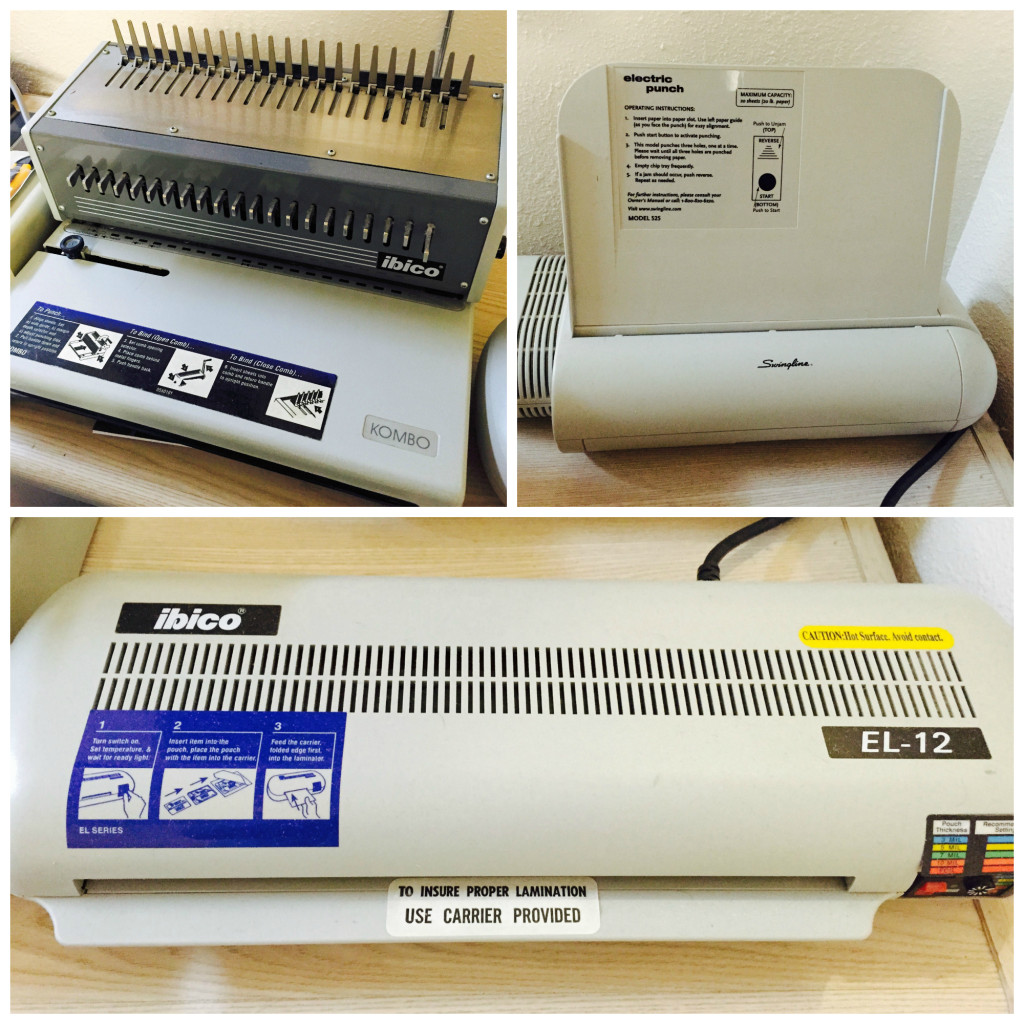
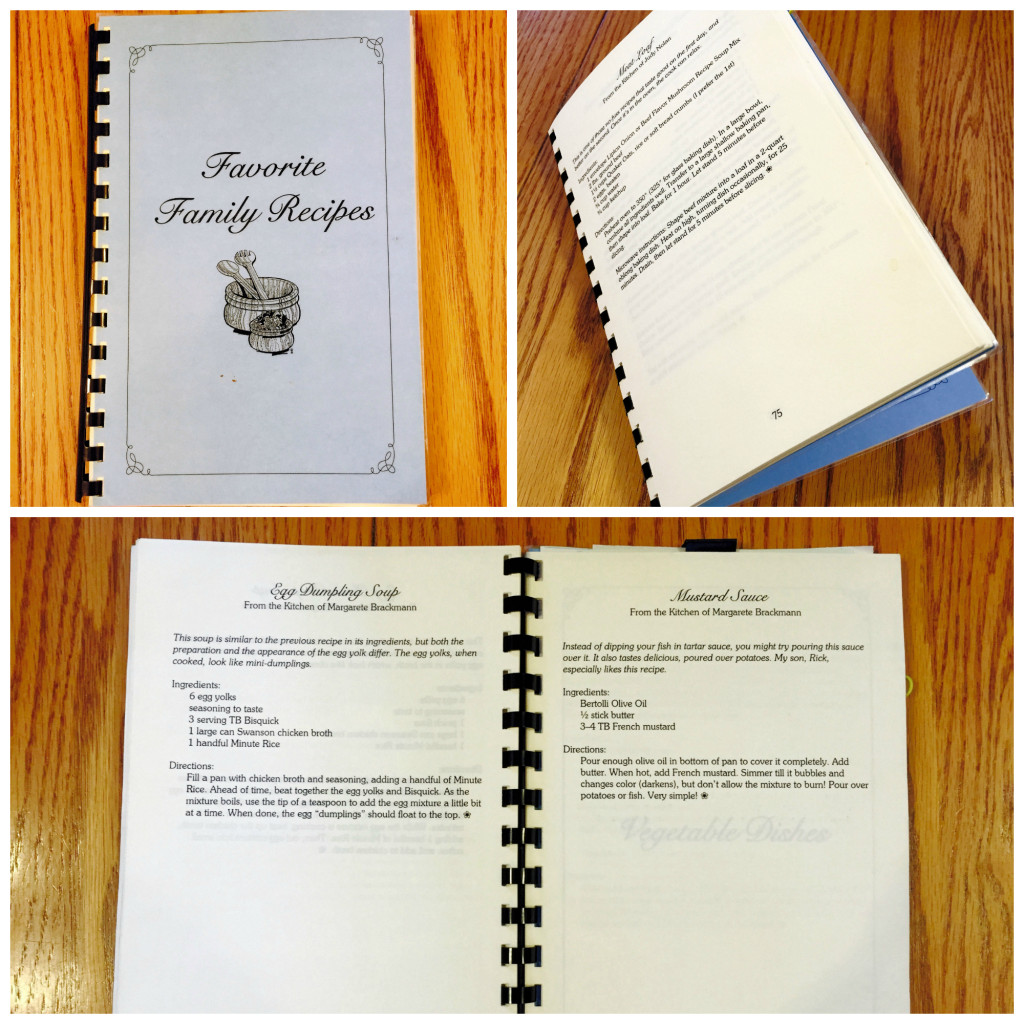
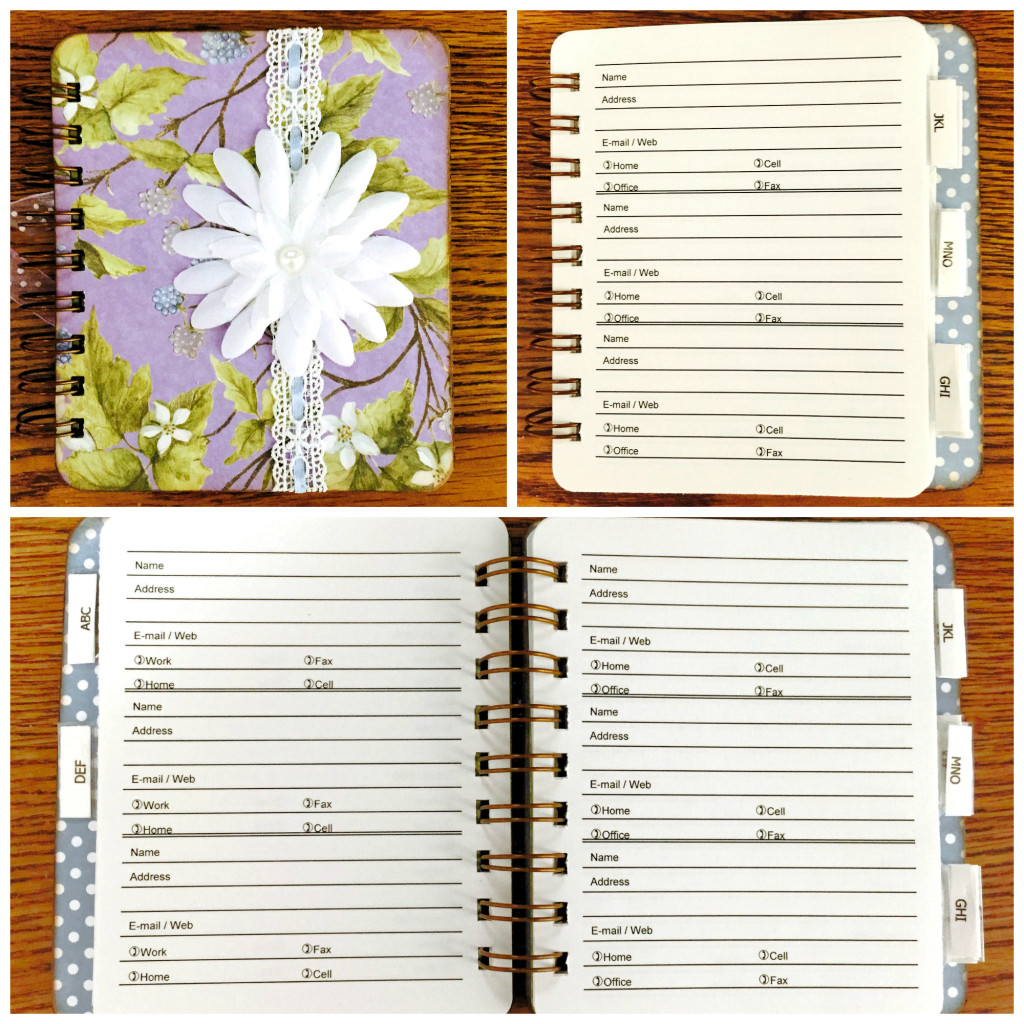
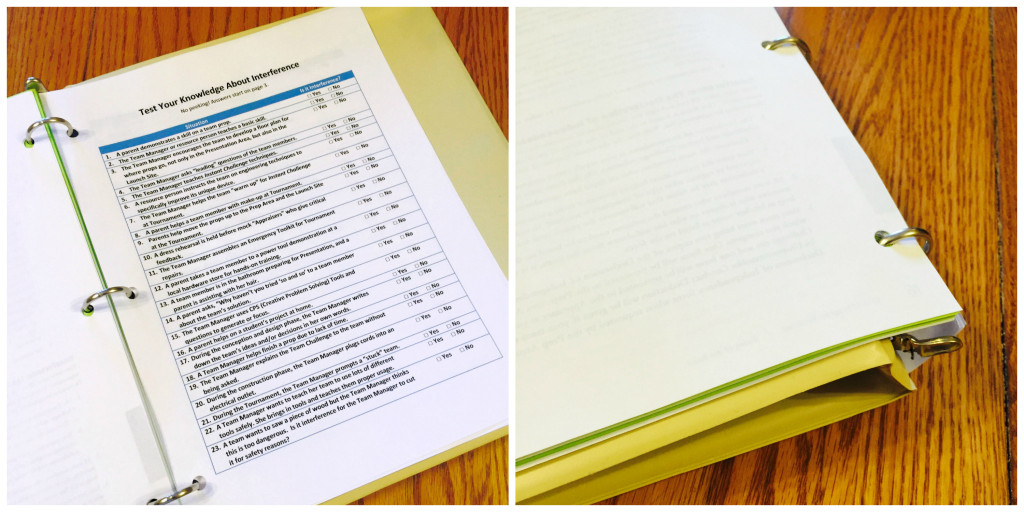
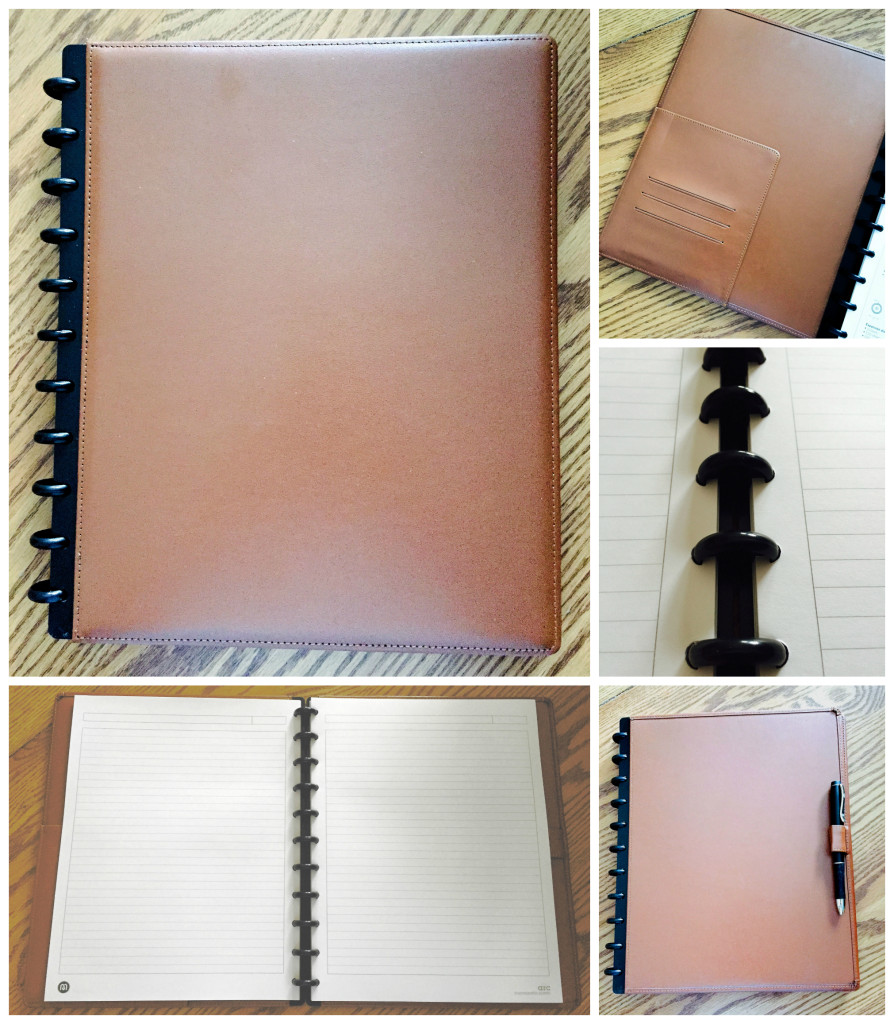
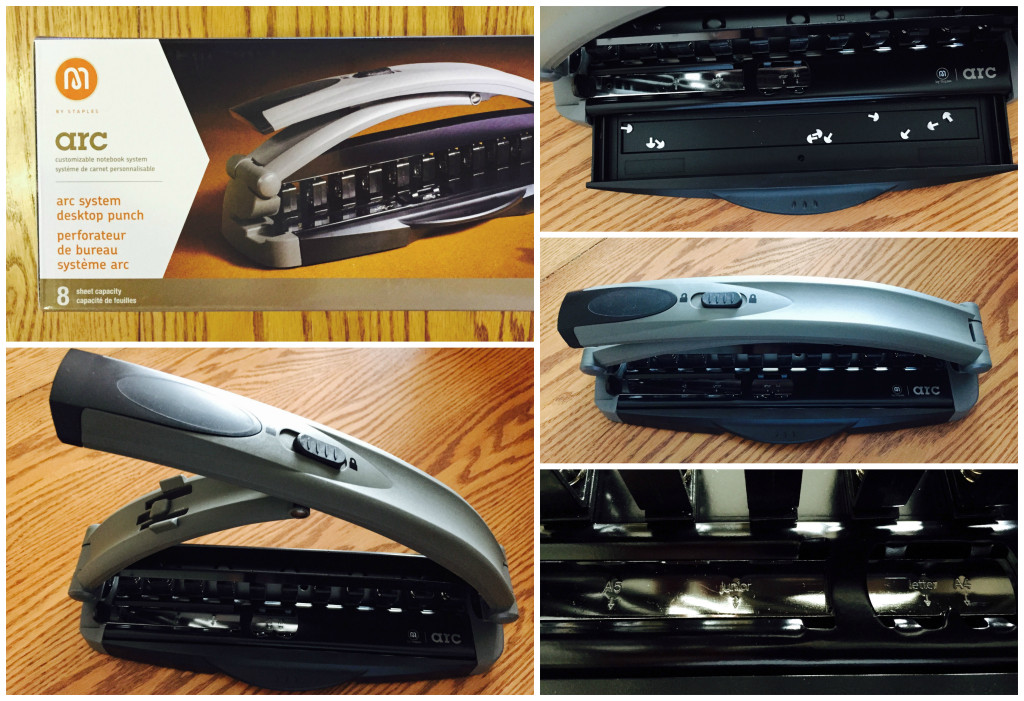
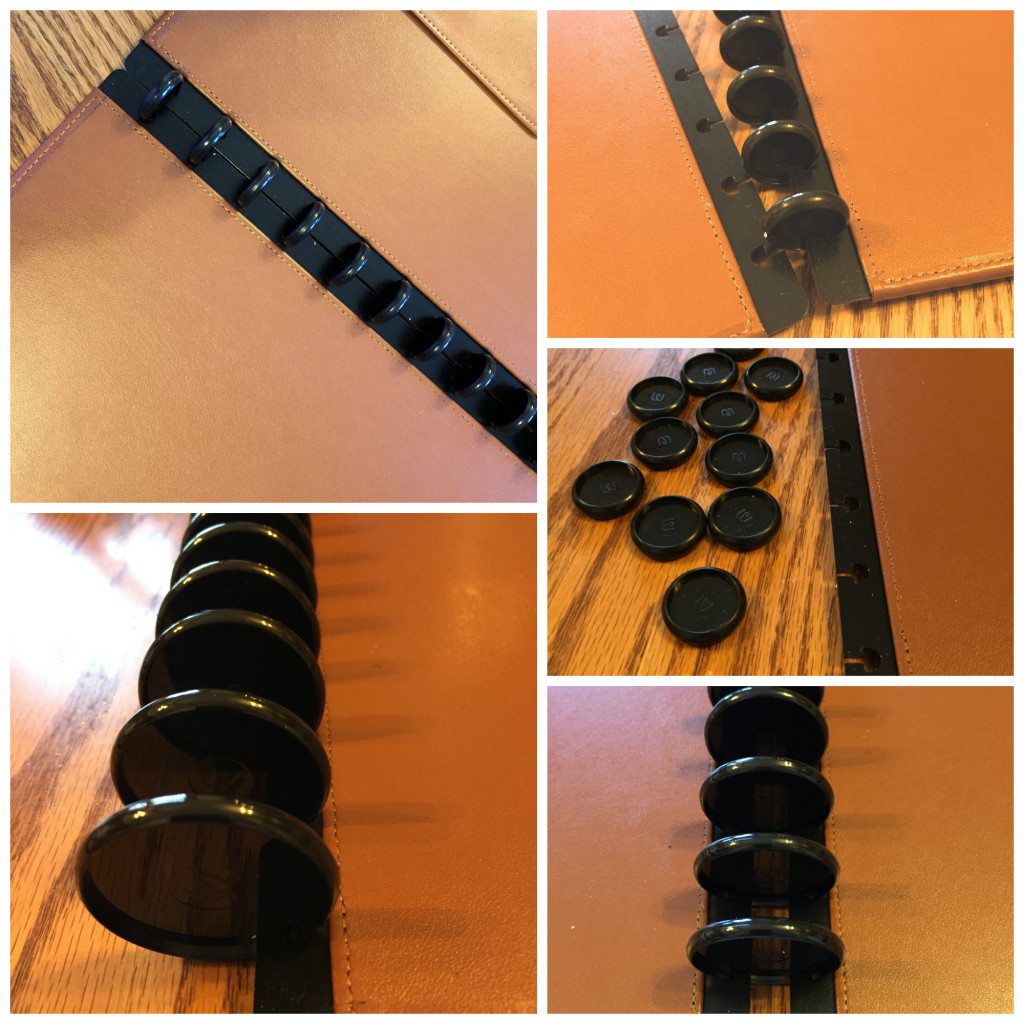

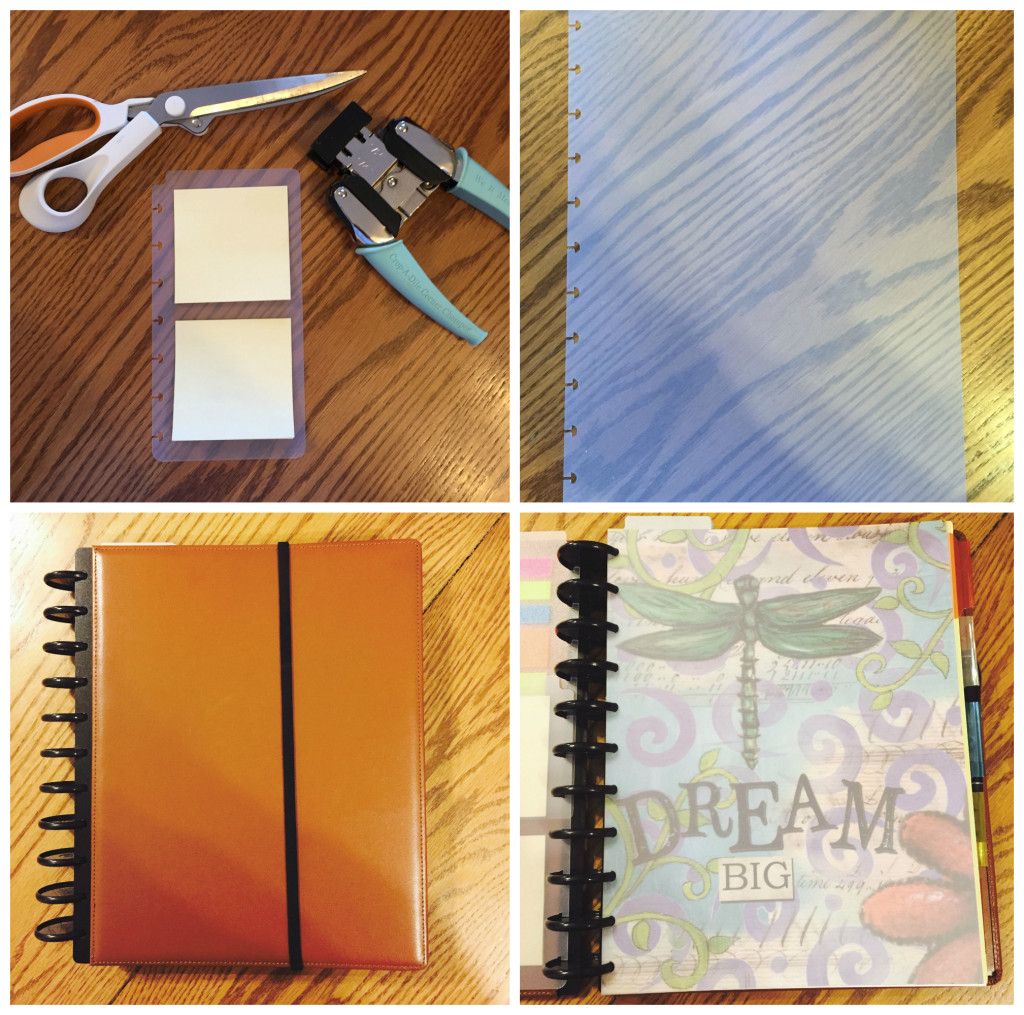
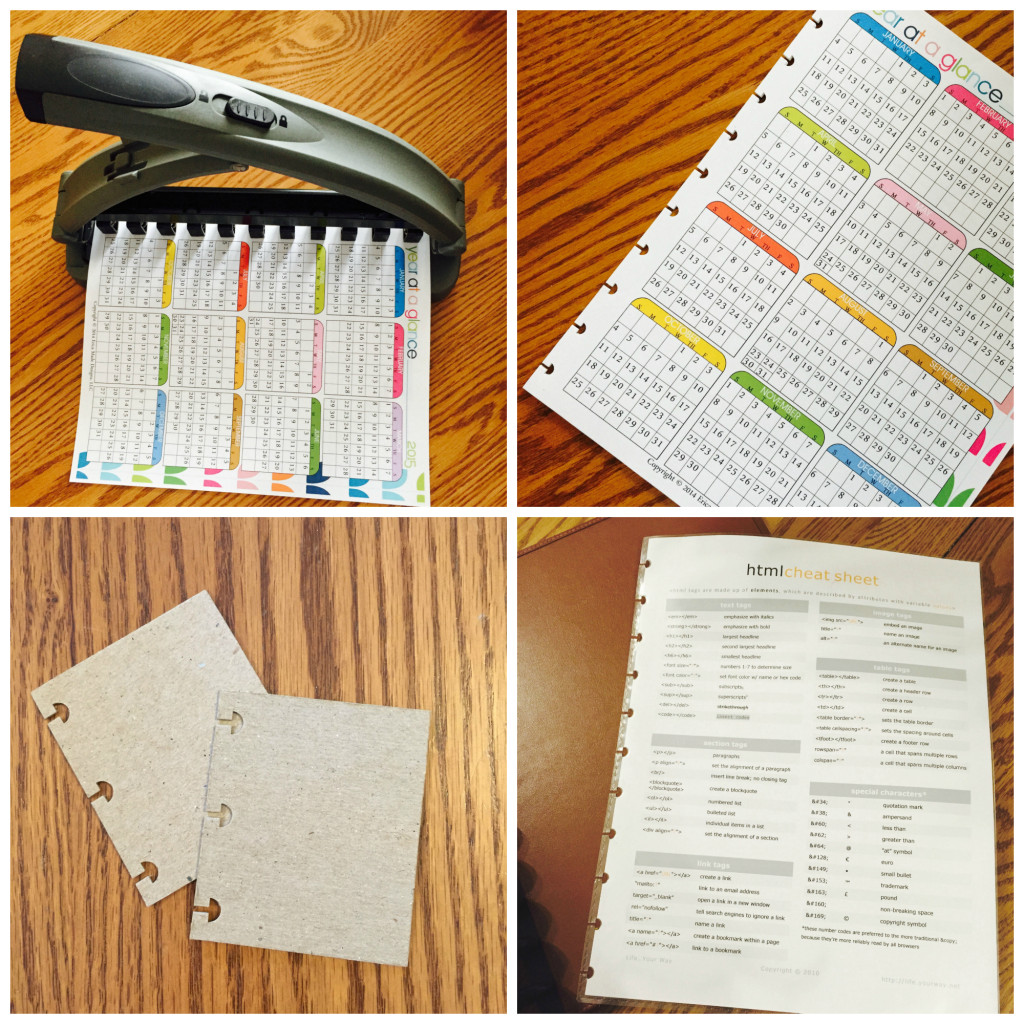

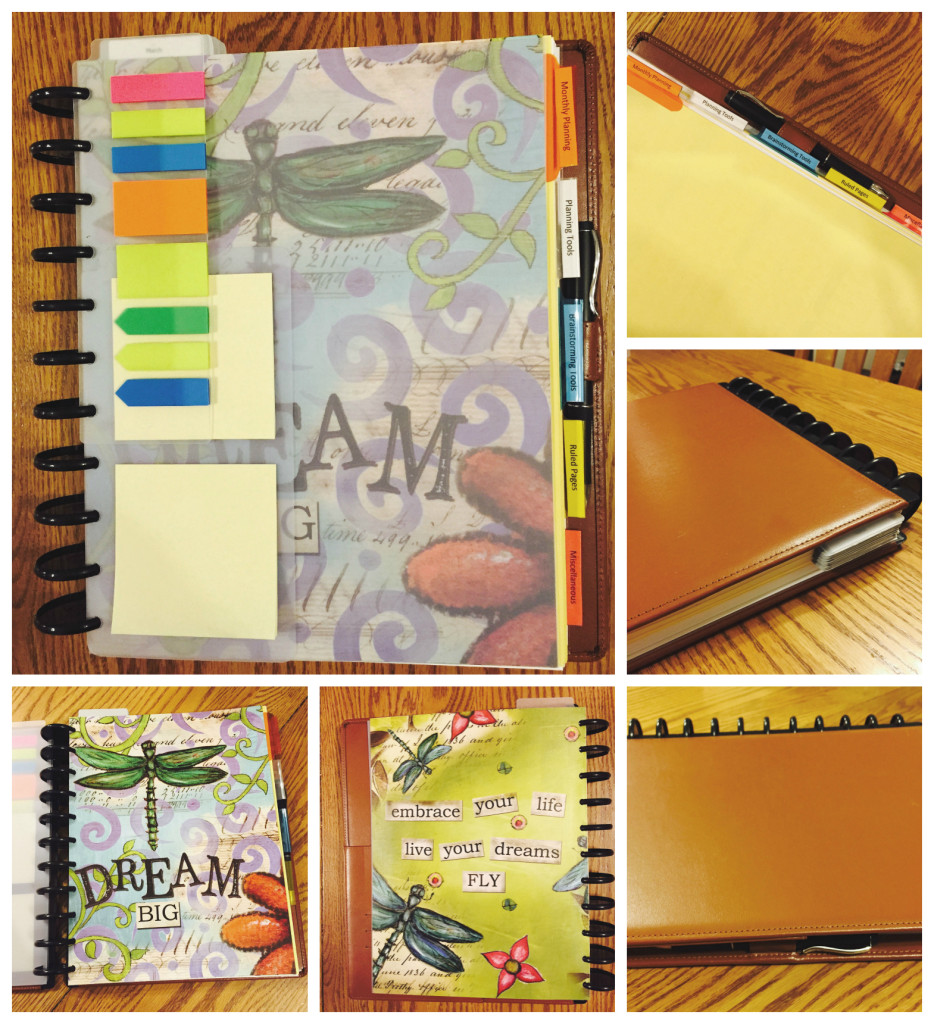

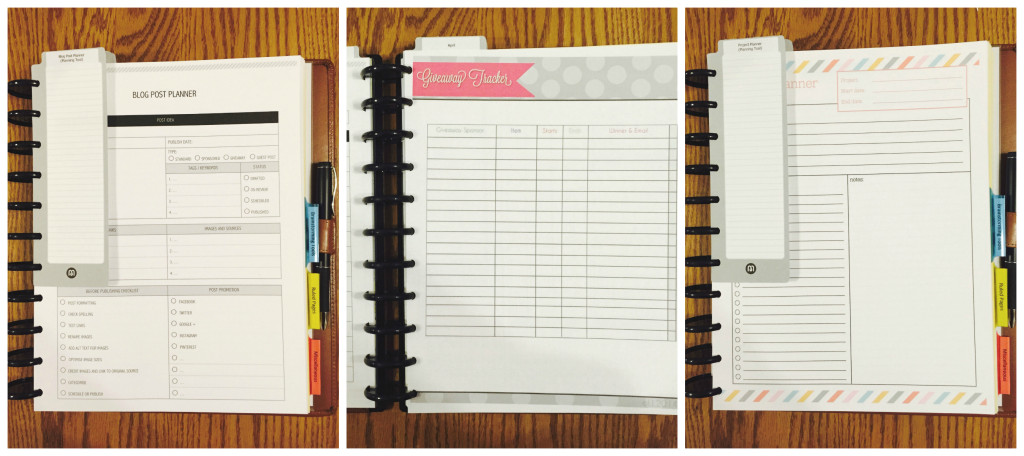
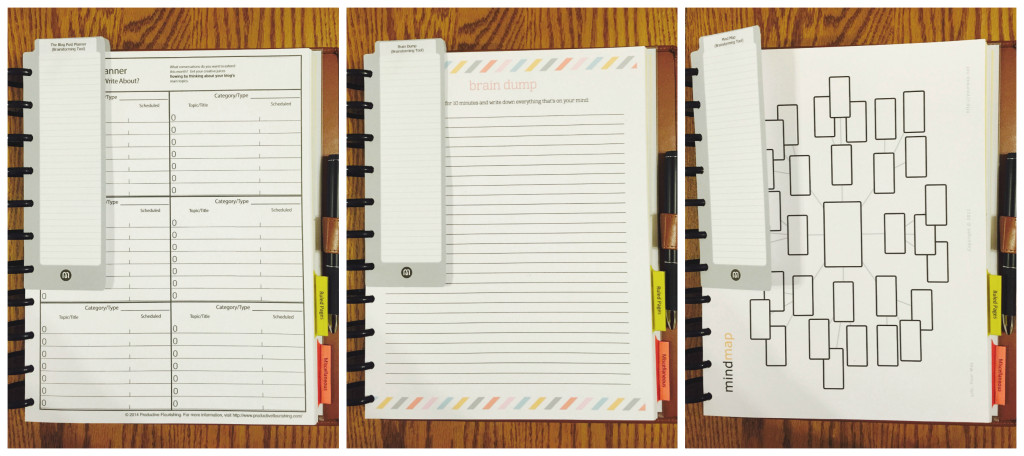
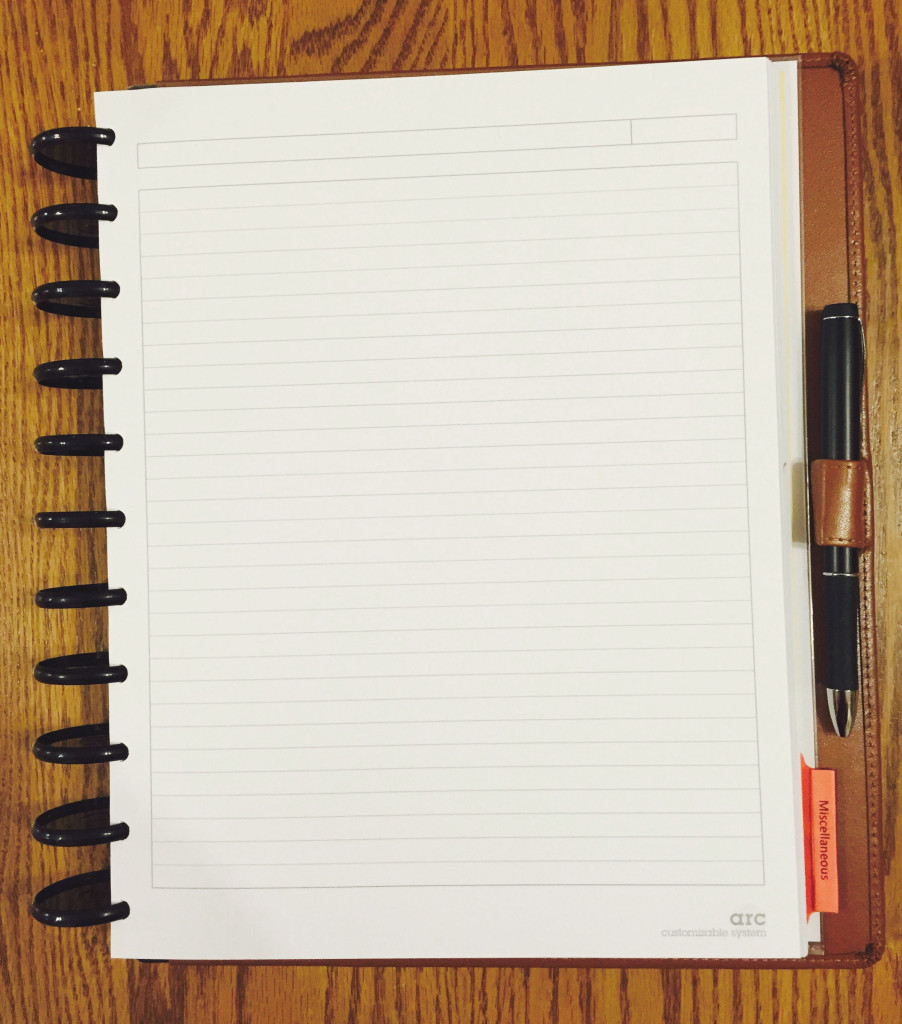

So many options! I like the look and functionality of the wire bound planners.
Your new planner looks great! And the disc system looks nice too. My only hesitation would be the special punch and accessories you have to buy.
My planner is a ring system similar to the Filofax. My only complaint with it is that it has 7 holes, making it time-consuming to add extra pages I make myself.
I love all of the customization you added to your new planner. And how you figured out how to use your Cinch for the chipboard!
Hmmm I think for now I’m going to stick with the standard three ring binder. That is until I can afford to get the same type you are using. I think that one looks like the best.
I just wonder if I ever be more organized… well maybe it is not my strongest skill, still I found few things here helpful to know!
I’m so glad you took the time to compare all this! I have actually been using the comb-bound method for the past year or so. It’s not perfect, but because I have a comb-binding machine I CAN swap pages out. It’s kind of a pain, but it allows the book to be quite compact, which is important for me. (I had a small ring-bound to start with, but hated that it was necessarily bulkier than the paper involved. So I switched to a wire-bound which I liked much better, but couldn’t add or remove pages AT ALL.)
So, long story short, I really want to try disc binding, but as it’s expensive to get started, I’m trying to decide on what punch to get. It seems to be (based on my observation of the photos), that Atoma and Myndology use a straighter hole and disc shape — resembling more the left Cinch image you showed — while Circa, ARC, and Rollabind are a more curved, mushroom-shaped hole and disc. (The former more closely resemble a Rolodex.)
Have you tried the pages you punched with the Cinch? Did they work well with the rings?
I am glad to know the different options you can select for binding your homemade planner. That is cool that you can get a binding tool to be able to bind at home. I really like the look of wire binding, will have to try that and see how I like it. Thank you for you help, in going over the different options of binding.
http://www.poppbinding.com/double-loop-wire-bindings/
Just curious – how thick was your chipboard? I want to get a cinch, but I need it to punch some pretty heavy board
Elona, I have used various thicknesses. The Cinch does not handle thick chipboard that has been covered with decorative paper as well as the Bind-it-All. I like using medium-weight book board (.082″) from Lineco, but I use it with my Bind-it-All. See this link:
http://www.dickblick.com/items/12827-2007/
The lighter weight book board that is .067″ in thickness may be more suited to the Cinch, in my opinion.
http://www.dickblick.com/items/12827-1007/
Hopes this helps you with your buying decision!
Hi!
What type of paper is used in the ARC binding system planner? Like a cardstock weight? or can it be lighter?
Bebe, you can use ordinary 24-lb paper in the ARC binding system, but you can also punch through lightweight chipboard and vinyl. It is pretty flexible.
Thank you for useful and valuable information!!!
Just this post was so imformative on helping me choose a system that will work for me! In the end, when you realized you could use the cinch, which one end up working best for your personal pages? The one with the rectangle holes or the one with the circles? It seems like the circle one would cause the pages to shift back and forth a bit..? I only think that wondering why they went with the mushroom versus the circle anyway.
Also, does your cinch work for creating custom covers? Cutting through laminate and what not? In my research I’ve found the Staples system is only good for standard 24lb paper.
Toni, I really like using square holes for wire-bound books, but there is no advantage one way or the other with square holes vs. round ones. It’s simply your aesthetic preference!
If you are using the Cinch to punch pages for a disc-bound system, I think you will wish to use the round holes. They slide better around the discs than the square holes do. I don’t think there is any advantage to the mushroom shape (essentially a half-circle) versus a circle; the curve in both shapes enable pages to rotate around the discs easily.
Finally, the Cinch does work for custom covers, but you have to watch the thickness of your board. Remember that if you cover the board with decorative paper, it gets thicker. I would not get thicker board than .067 inch (http://www.dickblick.com/items/12827-1007/). Cutting through laminated pages should not be a problem at all.
Hey,
Great post!
What about spiral coil planners? One of these which Erin Condren uses? What is your opinion on it? I believe traveller’s cover type with some sewn or stapled little notebooks attached might be a good option for someone who likes to change their layout and remove/add easily parts of their planer?
I think spiral coil planners would be similar to owire bindings. You can cut a slit in your pages’ holes that enables them to be removed or added at will. Because I have never seen one of Erin Condren’s planners up close, I don’t know what the spacing between the holes is, so I don’t know whether you will need a special hole punch. By the way, the Cinch accommodates both owire and spiral binding wires, so that might be an option for you as far as hole punches go.